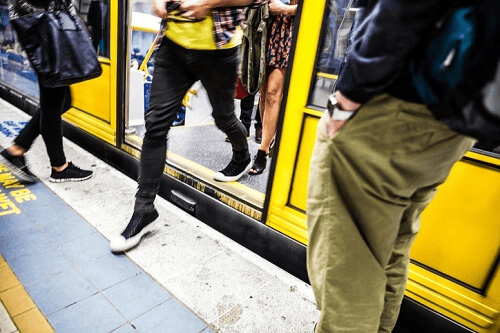*The contents in this blog relates to legislation in New South Wales.
The mundane journey to and from work each day can often feel like an uneventful drag that we put ourselves through in order to get to the office, work site or shop and back home again. But what happens if you injure yourself during your daily commute and your require time off work and medical treatment?
Under section 10 the Workers Compensation Act 1987 a worker who sustains an injury during a journey to work may be entitled to compensation.
In order for a “journey claim” to fall under the Workers Compensation provisions, the journey must satisfy two criteria.
Firstly, the journey must fall in to one of the circumstances listed under section 10(3) of the Act, which includes journeys from a workers home to the place of employment and journey to a workers home to an educational institution as required by the employer.
Secondly, the accident which resulted in the injury must have a real and substantial connection with the employment.
The requirement that there be a “real and substantial connection” means that there must be some real connection between the activities of the employment and the accident out of which the injury arose. The fact that a worker has to travel from home to work is not enough to satisfy this second criteria.
So what circumstances will amount to a “real and substantial connection”?
The following cases provide examples of circumstances that satisfied this connection.
Dewan Singh and Kin Singh trading as Krambach Service Station v Wickenden – employment required worker to work later than normal. This meant she finished work in darkness and had to journey home on a narrow country road in darkness.
Field v Department of Education and Communities – Worker being pressured to rush to work by employer.
State Super Financial Services Australia Limited v McCoy – worker tripped and fell because she was tired after a long day of work and was hurrying to get to a work function on time.
The following cases provide examples of circumstances that do not satisfy the connection:
Bina v ISS Property Services Pty Ltd – unavailability of public transport requiring a worker to use a private vehicle.
Carter v Clinical laboratories Pty Ltd – using public transport where the employee is familiar with the transport and where the worker is under no compulsion to accept a shift.
As you can see, whether your injury falls within the scope of section 10 of the Workers Compensation Act depends on the factual circumstances of the accident. If you are unsure about whether the circumstances of your injury will satisfy the criteria in the Act, contact your nearest Turner Freeman office for advice about your claim.
